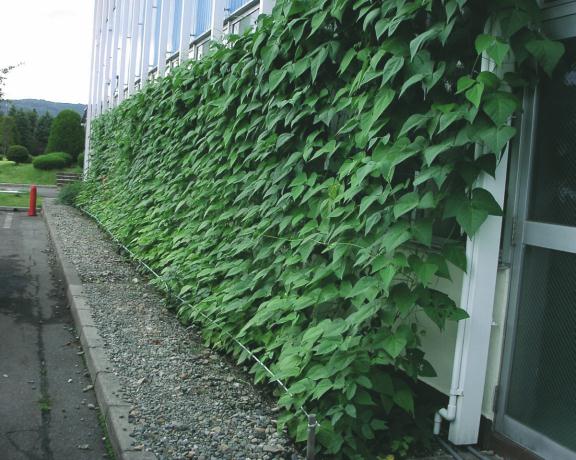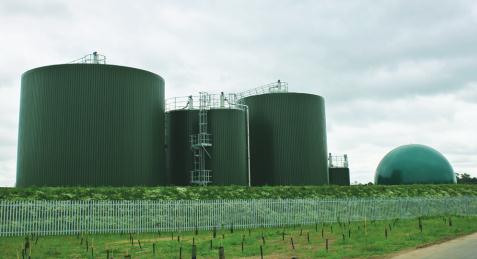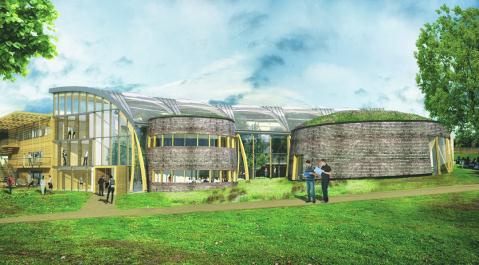Basic HTML Version



08
sustainabletimes
01732 759725
Lyreco to make UK HQ zero landfill
Having already met its target to recycle 90% of all waste
generated at its 500-person Telford HQ, office supplies
company Lyreco has set a new goal to make the site a zero
landfill operation by the end of the year.
In order to achieve this, it is partnering with Harper Adams
Energy Limited (HAEL) in Newport, Shropshire. Part of Harper Adams
University College, HAEL collects food waste from Lyreco’s canteen
and feeds it into an Anaerobic Digestion (AD) plant that produces
energy for the agricultural college and an organic fertiliser for use on
its fields.
In the first two months of the scheme, Lyreco diverted just under
one tonne of food waste from landfill. It is now expanding recycling
services to include food waste produced outside the canteen.
The Harper Adams AD plant, constructed from a government fund,
began generating power in 2011. It is expected to produce carbon
equivalent savings of around 12,000 tonnes p.a., 3.4 times more than
emissions from campus buildings.
greenAgenda
As Japan imposes regional energy
reduction targets of 5-15%
following the shutdown of its
nuclear reactors after the March
2011 earthquake, Kyocera is
installing ‘green curtains’ on 28 of
its factories and office buildings, a
30% increase on the year before.
Kyocera first introduced ‘green
curtains’ in 2007 to shield windows
and outer walls from direct sunlight,
reducing indoor temperatures and
the need for air-conditioning during
hot summer months. Typically, they
consist of morning glory and edible
bitter gourd grown over trellises or
netting.
Green curtains are just one of
the energy conservation measures
being employed by Kyocera. As you
would expect from a manufacturer
of solar panels, the Group also has
approximately 2-megawatts of solar
power generating systems installed
at 18 company facilities in Japan,
producing enough energy to power
480 average households.
Other recommended practices that
can be implemented in any company
are to:
n
Set the thermostat to 82 degrees
Fahrenheit during work hours
and relax the dress code to allow
employees to work in comfort;
n
Use a digital, programmable
thermostat and automate ideal
settings for different times of day;
n
Install automatic door-closers
throughout the workplace including
exterior and interior freight doors
as well as walk-in refrigerators and
freezers;
n
Maintain ventilation systems with
regular filter replacement and duct
cleanings;
n
Insulate water heaters and supply
pipes;
n
Install blinds and reflective film on
windows to decrease solar gain;
n
Turn off all unnecessary lights and
install motion-activated sensors for
lighting in stairways, hallways and
other places that aren’t in constant
use;
n
Replace old fluorescent lights with
new, energy-efficient models; use
compact fluorescent instead of
incandescent bulbs, as they consume
75% less electricity and will last 10
times as long; and install LED exit
signs;
n
Shorten the interval before
employee computer monitors
automatically go to sleep or ‘power
down’ mode;
n
Use laptops where possible, as they
use up to 90% less energy than a
desktop computer;
n
Shut down and unplug all computers
at the end of the work day.
To find out more about Kyocera’s
green curtains, including step-by-step
instructions on how to construct and
grow your own, visit
http://global.
kyocera.com/ecology/greencurtains.
Kyocera plants more green curtains as
part of energy conservation plan
Green to the core
Sustainability lies at the heart of the new £21 million home of
Essex Business School on the University of Essex’s Colchester
Campus.
Designed by BDP and due to be completed in 2014, the building
incorporates a range of sustainable design features including a
covered winter garden that will support the three-storey building’s
passive ventilation and heating system; a 50kW Ground Source
Heat Pump (GSHP) that will heat offices and at the same time cool
server rooms and the main lecture theatre; and photovoltaic panels
on the roof that are expected to offset more than 20% of the
building’s carbon emissions.
Other energy-saving features include the use of natural
ventilation wherever possible; maximum use of daylight within
buildings; smart meters integrated with the Building Management
System (BMS); lighting controls and high efficiency fittings; high-
efficiency variable speed pumps and ventilation fans; rainwater
harvesting; and high levels of insulation to assist heat conservation
in the winter and prevent unwanted heat gain in the summer.
In addition, the building can accommodate a Combined Heat
and Power (CHP) system as part of a future strategic energy
management plan for the wider University site.
www.essex.ac.uk/ebs

